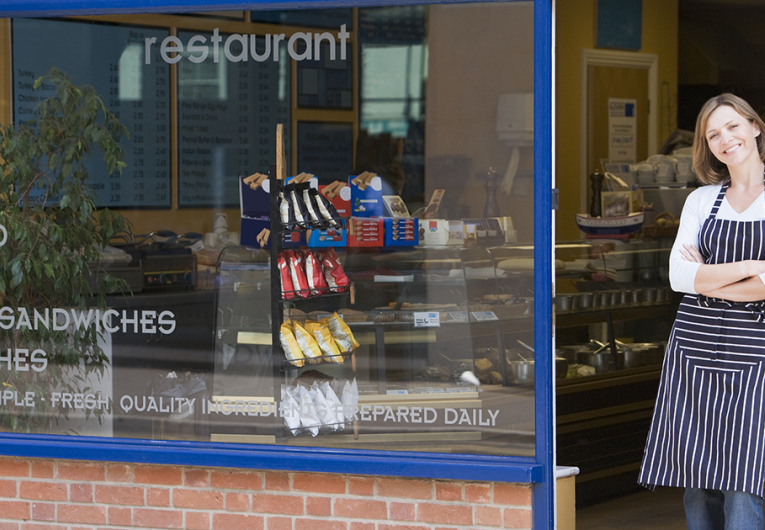
Cause Marketing, Part II
In our last piece based on the Mintel Study, Cause Marketing, we revealed present-day consumer attitudes toward businesses that engage in the practice.
To recap, despite some risks and pitfalls that include consumer skepticism and backlash, there are still ways your business can use cause marketing to influence consumers to consider your products or services. In this second part, we outline how to do so.
Choose a Cause That Resonates With Consumers
According to the study, the top five causes consumers think companies should support are:
• Health related causes
• Child welfare
• Education and literacy
• Poverty and homelessness
• Military and veterans
By choosing any of these causes, chances are good you’ll be successful. In addition, causes that resonate with consumers are usually ones they’ve experienced first-hand. A natural disaster in a nearby community or a family member struggling with diabetes fall into this category.
As causes distance themselves from home, however, the likelihood of gaining consumer support drops. So while UNICEF might be a worthy cause to you, your customers might be more inclined to support a fundraiser for a community family that lost a loved one in the military.
This is not to say that global causes aren’t worth supporting. As a business owner you’ll just want to temper expectations should you decide to go this route.
Align Your Brand With the Cause
Choosing a cause because it’s popular may feel right, however, doing so can leave a negative impression on consumers who perceive this as bandwagoning – especially if it has nothing to do with your business. By considering causes that reflect your brand and products, however, your efforts will appear as genuinely sincere.
Sincerity alone, however, can also be mismanaged or misinterpreted depending on how you execute. Wal-Mart came under intense fire when a Thanksgiving food drive for the needy ended up benefitting mostly Wal-Mart employees. Kentucky Fried Chicken failed too when it’s Buckets for a Cure promotion aligned breast health with unhealthy food choices. For insights into these and other examples, check out this piece in AlleyWatch on Cause Marketing Gone Wrong.
For every bad example of cause marketing, there are brilliant ones worth noting. American Express’ Statue of Liberty restoration mentioned in part one of this series raised $1.7 million to restore the statue in 1983. Dove’s campaign for Real Beauty launched in 2004 is a masterful example of a company creating a cause, then marketing it successfully. To date, it’s reached millions of girls and young women with its message of positive body image.
For more examples, see Cause Marketing Forum’s list of the top ten most influential cause marketing campaigns.
Promote Accordingly
Getting your message out to consumers requires strategic planning and insights. According to the study, consumers are most likely to learn about cause marketing campaigns through TV commercials (44%), product packaging (42%) and in-store displays (33%).
Though word-of-mouth does not seem to be making an significant impact, businesses may consider encouraging customers to spread the word. Recommendations from friends and family are often considered more trustworthy than advertisements. Word-of-mouth is especially important for small or new companies.
Social media can play an important role in getting the word out, too, given its reach and potential for ‘going viral.’ For insights into developing a successful cause marketing social campaign, click here.
In Conclusion
Cause marketing is an effective way to reach consumers in ways conventional marketing can’t. When executed successfully it can enhance your brand image, cultivate loyal customers and prove profitable for your business and the causes it chooses.
The trends, insights, and solutions you need to grow your business.
By signing up, you’re subscribing to our monthly email newsletter, The
Wire. You may unsubscribe at any time.
Your information stays safe with us. Learn more about our privacy
policy.











![[#MSP_NAME#] Logo](/themes/sparklight_business/images/transition-logos/migration-banner-logo-[#MSP_CD#].png)
